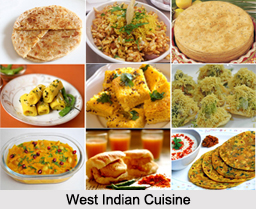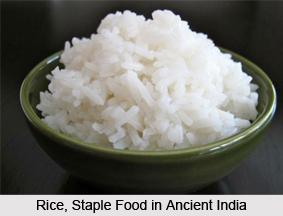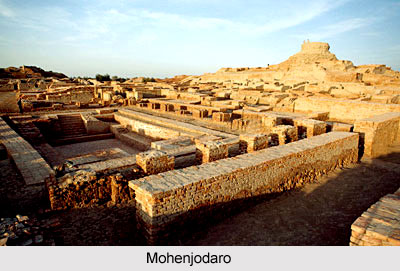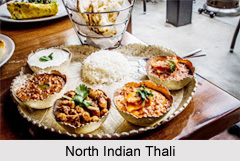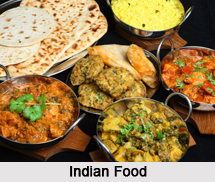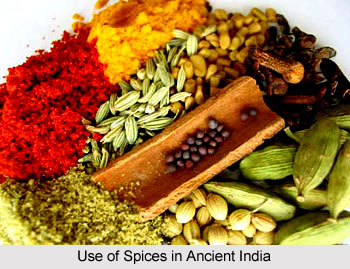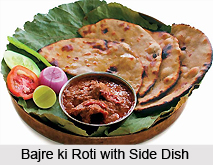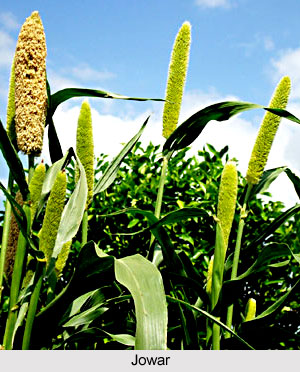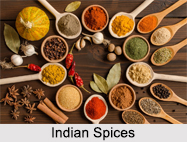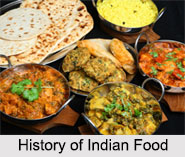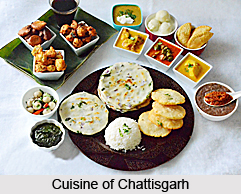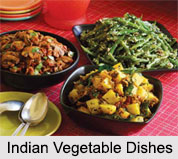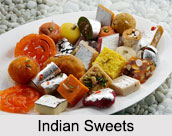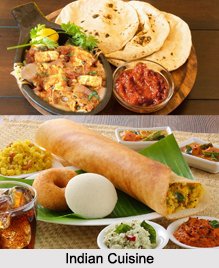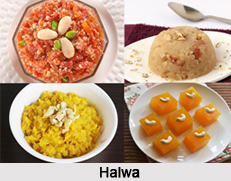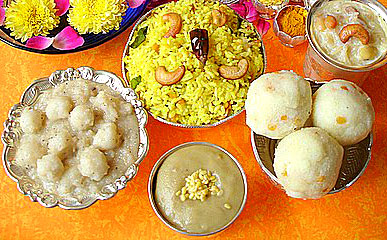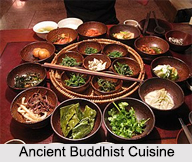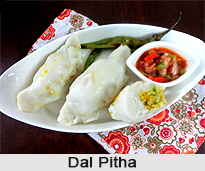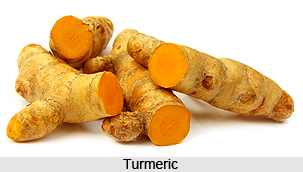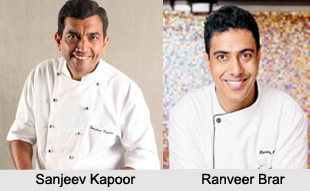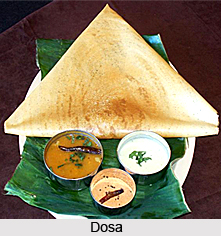 Dosa is a staple food item of South Indian states like Karnataka, Tamil Nadu, Andhra Pradesh and Kerala. However, with the growing popularity of South Indian cuisine, dosa is consumed in other parts of the country and also outside India. This dish is a delight for the calorie conscious people. It is rich in carbohydrates and protein and contains no sugar or saturated fats. Also, the fermentation process increases the vitamin B and vitamin C content. Dosa is spelled in various ways including dosai, dhosa, dosey, dosay, doza, dozai, dhoza, dozey, dozay etc.
Dosa is a staple food item of South Indian states like Karnataka, Tamil Nadu, Andhra Pradesh and Kerala. However, with the growing popularity of South Indian cuisine, dosa is consumed in other parts of the country and also outside India. This dish is a delight for the calorie conscious people. It is rich in carbohydrates and protein and contains no sugar or saturated fats. Also, the fermentation process increases the vitamin B and vitamin C content. Dosa is spelled in various ways including dosai, dhosa, dosey, dosay, doza, dozai, dhoza, dozey, dozay etc.
Origin of Dosa
As per food historian K. T. Achaya`s opinion, the earliest mention of dosa can be observed in the Tamil literature of 6th century CE. On the other hand, P. Thankappan Nair says that the origin of dosa is the Udupi town of present-day Karnataka.
Preparation Method of Dosa
The dosa batter is made from lentils and rice blended with water and then is left to ferment overnight. It is then finely grinded and then spread over a hot greased tawa in the form of a circle and fried with oil or ghee until it is crisp and golden brown. In some cases, lentils and rice can be replaced with wheat flour to make a maida dosa or semolina (sooji) for a rava dosa. The dosa is then folded in half and served with side dishes.
Serving of Dosa
Dosa is generally consumed with a side dish, which varies from place to place. The common ones are, sambhar, pickle, coconut chutney consisting of chillies, coriander or mint, a dry spice mixture called milagai podi, curd with chilli powder toppings and chicken or mutton curry in non vegetarian families of Tamil Nadu.
Variety of Dosa
Dosa comes in various versions like Masala dosa, Onion dosa, Ghee dosa, Wheat dosa, Chilli dosa, Moong dosa, Podi dosa, Vegetable dosa, Ragi dosa, Paneer dosa, Mushroom dosa, Babycorn dosa, Chow Chow dosa (dosa stuffed with Chinese noodles) and cheese dosa. Then there is Family Roast dosa which is a long dosa spread over two or three feet. Among all the above mentioned dosa, Masala dosa is the most famous one. It is a plain dosa stuffed with mashed fried potatoes, onions and spices. This type originated in Karnataka and Bangalore.
